#the maldives
Text

Tatiana, The Maldives by Daniella Midenge. 2015
105 notes
·
View notes
Text
Please reblog for a bigger sample size!
If you have any fun fact about the Maldives, please tell us and I'll reblog it!
Be respectful in your comments. You can criticize a government without offending its people.
#maldives#the maldives#asia#country polls#polls#im sorry this one is kinda repetitive but there weren't many suggestions#and i could only find touristic information on google about beaches
35 notes
·
View notes
Text
Furēta

“Fin Monster” © Jia Hao, accessed at his ArtStation here
[I just finished reading Folk Tales of the Maldives, which is a culture and mythology I knew nothing about before reading. Maldivian society puts a lot of stock in fishing, sailing and other seamanship, and like all seamen, they have a lot of sea monsters. The author of the book was less interested in monster stories than in collecting more “realistic” oral traditions (boo), so there’s a number of them that make cameo appearances that leave me wanting more. There are giant jellyfish that are so hard that boats (and even people) smash to bits when colliding with them. Pearlfish (which live inside the anuses of sea cucumbers) are the larvae of giant deep sea monsters. Most of the monster tales that get a full plot are about the furētas, which are shapeshifting reef monsters loosely equivalent to an ogre or troll. They eat people, are super strong, but dumb enough to be scared of people crunching on fried breadfruit. I slotted my version as a CR 8 to make it fit into adventures in the same place as D&D/PFRPG’s traditional “ogre-with-magic-powers-based-on-Asian-mythology”, the ogre mage/oni.]
Furēta
CR 8 CE Monstrous Humanoid
This giant is vaguely piscine, with spiny fins along its limbs, back and neck. It smells like a low tide and has enormous sharp teeth.
A furēta is an aquatic shapechanger that prey on people living on tropical islands. They typically live underwater, in caves and crevices on reefs or rocky shores, and move onto land to hunt. They can disguise themselves as humans, and may walk undetected into villages to scout for victims, whom they then ambush. Most furētas keep a handful of costumes, weapons and tools in a safe dry space, so they can more easily pass for humanoids. Furētas are somewhat foolish, and few of them know much about the humanoids they impersonate. Thus, they can sometimes be tricked into revealing their identities, or bluffed or intimidated by customs or technology they are unfamiliar with.
A furēta can stretch its body to supernatural lengths, letting it look above rooftops or claw at sailors on a boat from the water line. Their claws and spiny fins carry a vile rotting disease, which afflicts those who succumb to it with leprosy-like rotting sores. Most furētas hunt alone, but they do occasionally form gangs of friends and family. These associations are more competitive than cooperative during combat, with each furēta trying to prove themselves the strongest and the toughest.
In its natural form, a furēta is about ten feet tall, but they can stretch to at least twice that height for brief intervals.
Furēta CR 8
XP 4,800
CE Large monstrous humanoid (aquatic, shapechanger)
Init +6; Senses darkvision 60 ft., low-light vision, Perception +16, scent
Defense
AC 21, touch 12, flat-footed 18 (-1 size, +2 Dex, +1 dodge, +9 natural)
hp 105 (10d10+50)
Fort +8, Ref +9, Will +6; +4 vs. disease, poison, sickness and nausea
SR 19
Defensive Abilities innate foulness, spiny
Offense
Speed 30 ft., swim 60 ft.
Melee bite +15 (1d8+6 plus grab), 2 claws +15 (1d6+6 plus disease)
Space 10 ft.; Reach 10 ft.
Special Attacks elastic lunge
Statistics
Str 22, Dex 15, Con 21, Int 8, Wis 10, Cha 15
Base Atk +10; CMB +17 (+21 grapple); CMD 30
Feats Combat Reflexes, Dodge, Improved Initiative, Lunge (B), Power Attack, Skill Focus (Disguise)
Skills Disguise +11, Perception +16, Stealth +7 (+11 underwater), Swim +23, Survival +15; Racial Modifiers +4 Perception, +4 Stealth when underwater, +4 Survival
Languages Aquan, Common
SQ amphibious, change shape (humanoid, alter self)
Ecology
Environment warm aquatic and coastal
Organization solitary, pair or gang (3-6)
Treasure standard
Special Abilities
Disease (Su) Reef rot; claw or spine—injury; save Fort DC 20; onset 1 hour; frequency 1/day; effect 2d4 Con damage, affected character must make a second save or 2 points of Con damage are drain instead; cure 3 consecutive saves. The save DC is Constitution based.
Elastic Lunge (Ex/Su) A furēta gains Lunge as a bonus feat. It may choose to gain an additional 5 feet of reach in exchange for an additional -2 penalty on attack rolls, to a maximum of 15 feet of reach and a -6 to attack rolls. A furēta may use this ability in conjunction with change shape.
Innate Foulness (Ex) A furēta gains a +4 racial bonus on all saves against diseases, poisons and spells and effects that cause the sickened or nauseated conditions.
Spiny (Ex) Any creature that strikes a furēta with a touch attack, melee attack or unarmed strike must succeed a DC 17 Reflex save or be scratched by one of its spines, taking 1d6+3 points of piercing damage and being exposed to the creature’s disease. Manufactured weapons with the reach property do not endanger their wielders in this way.
65 notes
·
View notes
Text
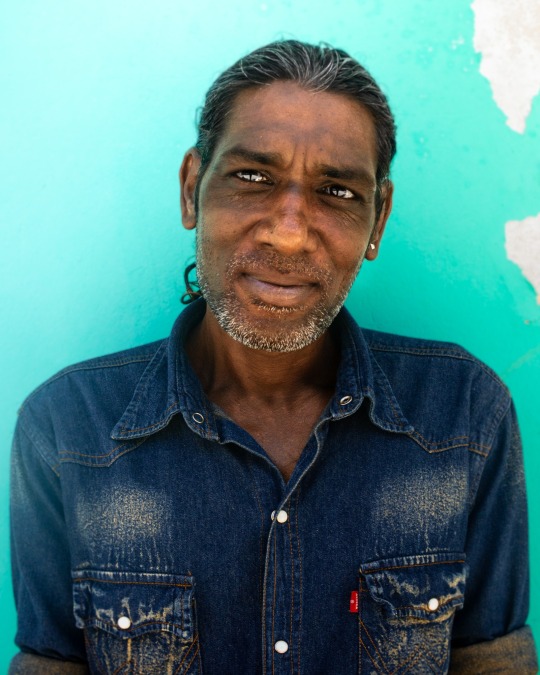
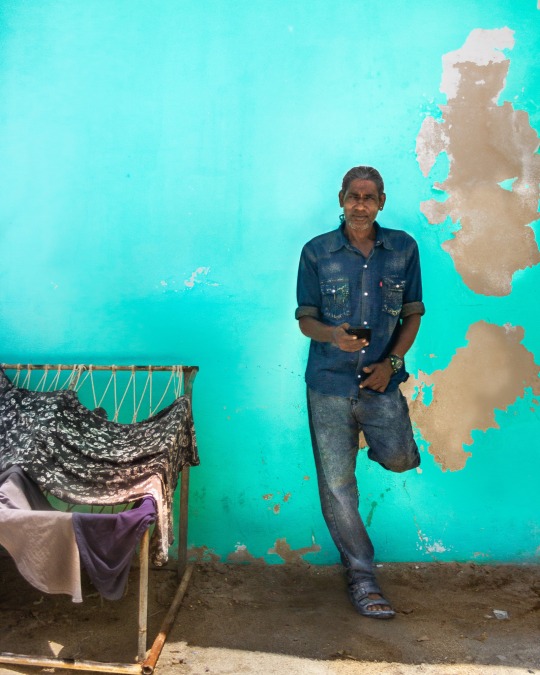

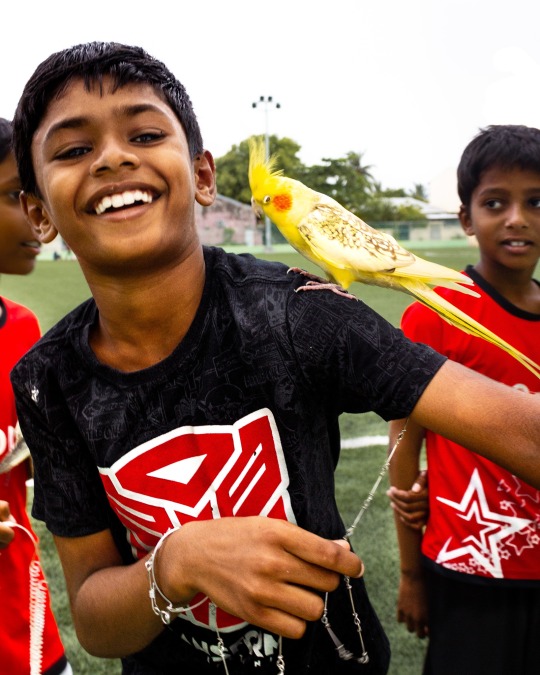




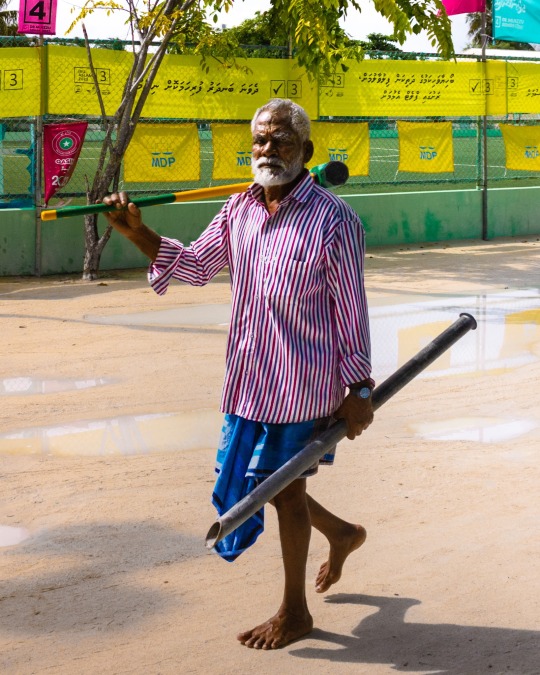

MAAFUSHI ISLAND IN THE MALDIVES, SHOT BY ME🏝️🇲🇻🩷
10 notes
·
View notes
Text
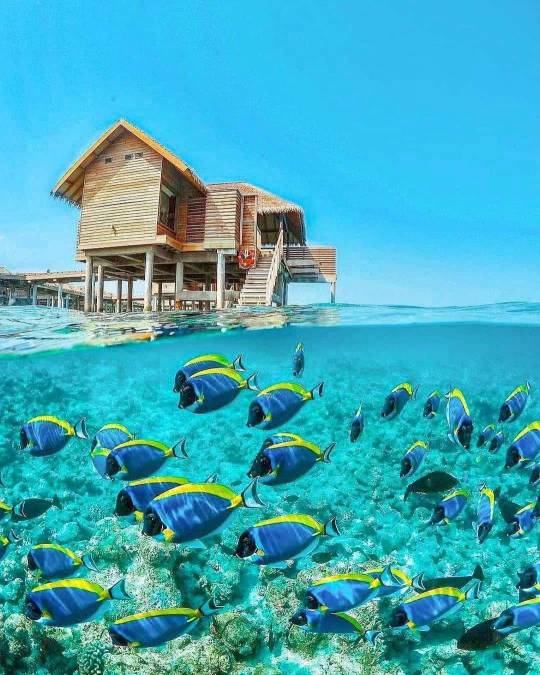
The beauty of Maldives
#the maldives#the maldives islands#las islas maldivas#indian ocean#southwest#india#sri lanka#paradise#paraiso#asia
38 notes
·
View notes
Photo

The Maldives
13 notes
·
View notes
Text
2023 Reading Log, pt 2

006. Nightmare Fuel: The Science of Horror Films by Nina Nesseth. This book is about how and why people feel fear, incorporating ideas from neuroscience and psychology, it talks about what happens in the brain when someone is afraid, why a horror movie might be scarier when you’re going to bed at night then when you’re actually watching it, and a very good discussion of the controversies about whether exposure to media violence actually desensitizes people or makes them more likely to commit violence themselves. The authorial voice is fun, like a friend who has learned all this cool stuff and wants you to know about it. And the author is a married lesbian and brings her wife up very casually (her wife is terrified of ET, for example), which is always a plus in my book.

007. Heist by Pete Stegemeyer. This is another “podcast adapted into a book” that I didn’t know was based on a podcast. I Can Steal That!, specifically. The heists are classified into loose categories—ones involving unusual transportation, bank jobs, art theft, digital crimes, unusual items stolen. There’s some stories in here I knew; the James-Younger gang is mentioned twice, and the theft of the Mona Lisa is one of the art pieces mentioned. But a lot of it is new to me. The stories are told in a breezy way, but sometimes a little out of order: the organization of the book makes for some odd choices and reveals, maybe as a consequence of its origins in an audio medium. There are illustrations throughout by Rebecca Pry, in a style that is pretty distinctive. Objects are detailed and realistic, but people are cartoony.
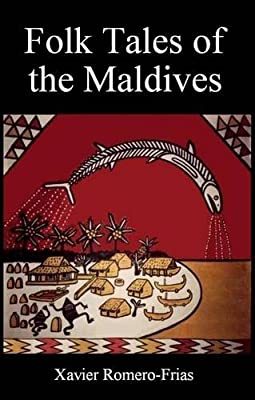
008. Folk Tales of the Maldives by Xavier Romero-Frias. The Maldives are a country that I knew very little about before reading this. They’re an island nation in the Indian Ocean, with a majority Muslim population and cultural ties to Arabia and India. There’s a lengthy prologue about Maldivian culture, which bemoans that their unique traditions are being altered or erased by cultural assimilation. There are eighty stories in the book, ranging from overtly supernatural tales of magic and monsters, to animal fables of the kind found almost universally, to folk history of fairly recent events. Like WWII and the first tourist to bring a scuba tank to the island, level of recent. The author also illustrates some of the stories in an amateurish but charming pencil style.

009. The Lion Boy and Other Medical Curiosities by Jan Bondeson. I am torn on this book. I read it all the way through, but found it a somewhat unpleasant experience. The content is good: it alternates between biographies and possible diagnoses for various “human oddities” from the 18th through early 20th centuries and more general medical weirdness from that time. Like doctors debating how long a severed head retained consciousness and whether or not someone’ hair could literally go white from fear. A lot of the material is gleaned from primary sources—newspaper accounts and medical journal articles. What’s bad about the book is the authorial voice. He’s remarkably judgmental about people’s physical appearance (human oddity or not), very fatphobic and even manages to slip in a racist joke! He comes across as a huge asshole, is what I’m saying. I wish this book had been written by someone more humane and respectful, like a Ricky Jay type.
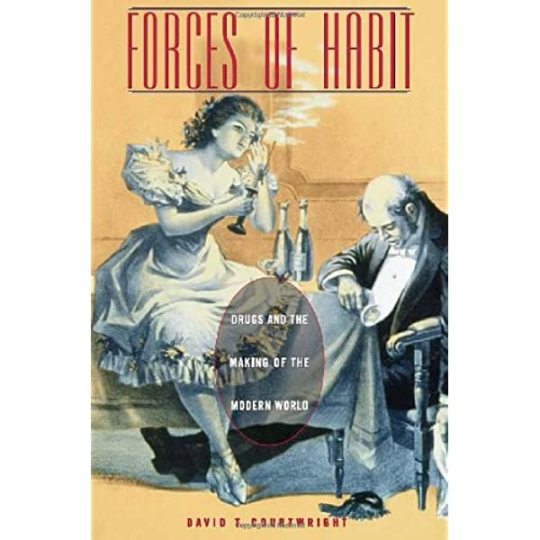
010. Forces of Habit: Drugs and the Making of the Modern World by David T. Courtwright. This book is about the history of drug use, the development of global capitalism, and how tightly the two are linked. It first discusses what the author deems are the most important drugs: caffeine, alcohol, tobacco, opiates, cocaine, cannabis. It then talks about the role that doctors and medicine play in promoting drugs, debates why some plant products became major international drugs and others didn’t, and discusses why total prohibition is a fool’s errand. The book was written in 2000, but still feels fresh and relevant—concepts like the ladder of technological development of drugs from raw plant product to fully synthetic analogues is relevant to the rise of vaping, and the section about how amphetamines were first promoted, then demonized by doctors could be an account of the opiod epidemic. Highly recommended.
#reading log#drugs are like that#drugs#medical history#medical oddities#true crime#horror movies#neuroscience#folklore#the maldives
15 notes
·
View notes
Text
The Emergence of a Diasporic Singular Desi Culture
I have been observing this for a while on several social media platforms and I have a theory that a singular “Desi” culture is taking shape in North America, and perhaps other diasporas. Since I haven’t had much experience with other diasporas in several years, I will only focus on this phenomenon through a North American lense.
The reason for saying is that I increasingly see young South Asians, in particular, Gen Z, make tiktoks mentioning how “our” culture is beautiful, and then proceed to show off cultural dress, cuisine, art, architecture etc. playing to a remixed Bollywood song.
The issue here is not showing appreciation, but the issue is using the singular from of culture instead of the plural — cultures.
South Asia is not a monolith, nor does it have one culture, so which culture in particular are we here appreciating? Every country, whether it would be Pakistan, India, Bangladesh, Nepal, (Southern) Tibet (controversial, I know) , The Maldives, Sri Lanka, Bhutan, and Diaspora countries like Suriname, Guyana, Belize, Trinidad & Tobago, Jamaica, Mauritius, Fiji etc. all have self-contained individual cultures that are inter-connected or unique to their own region.
These tiktoks, from my observation, show only Northern Indian cultural aspects with a heavy emphasis on Punjabi culture. Popular Tiktok dances feature Hindi and Punjabi, yet rarely any music from other states. Then again, it is called fyp for a reason. It may be the content I interact with, but then again I interact with a broad spectrum of self-stylized Desi creators on “brown tiktok”. From North to South.
Every now and then, there is legitimate criticism on limiting Desi tiktok to Hindi-Urdu and Punjabi songs where a number of videos have been circulating to test one’s “Desiness” whether you know these songs or not. Same goes for movies. If not, then you are white-washed. What about the rest, who don’t speak Hindi-Urdu or Punjabi? This is why being “Desi” is quite controversial because it means different things to different people.
Why do I think that there is singular North American Desi culture emerging? It is because Bollywood consumption plays a central role in it in making the younger generation believe that there is a such thing as one culture being portrayed in Bollywood while reality is something very different.
I as a Punjabi am used to seeing my culture being hyper-represented in Indo-Pak media. In fact, it is the culture that is used in Bollywood and Lollywood productions the most when we talk about cultural reprentation. Same for music, apart from Hindi, Punjabi is the only regional language that gets that much attention and gone worldwide – for good and bad reasons.
Home culture is very different. We all have our own home culture that we grew up in. We have our languages, our own foods, our own clothes, own histories, yet when these younger Desis present themselves to the outside world, it all dissipates and changed into this Bollywood-esque performance.
We suddenly ALL eat naan, biryani, samosein, jalebi, gulab jamun, roti and we ALL speak Hindi, wear saris, lehengas, shalwar kameezein and are ALL Indian, desi, and brown.
Yet, here I am, not knowing anything about other regional dishes other than my own which ironically is all of the above and more as a Punjabi-Pakistani. I have no idea what Gujuratis eat, no idea what Sindhis eat, I had no idea what Marathi sounded. I had no idea Bihari songs were popular. I have no idea what Assamese wear.
It disregards everything unique and hyper-focuses on Bollywood and Punjab as the source for this repackaged Desi culture. Bengali home culture, Punjabi home culture, Pashtun home culture, Tamizh home culture, Devehi home culture, Indo-Guyanese home culture, Indo-Surinamese home culture are all different environments, yet you won’t see that when you land on #browntok, instead you will see this generic brand where everyone supposedly can participate in disregarding that it leaves people out and alienizes anyone that doesn’t relate to “Desi culture”
I find it so odd that Patels are quite well represented, yet know nothing about Gujurati culture or their language other than “kemcho”. The reason why I bring this up is because the culture would be seen as foreign to the Desi-sphere and not recognizable as Desi because people views this “Desi culture” though a very narrow lense.
In a way this Desi culture is just repackaged Punjabi culture made palatable for the masses that are fixated on romanticized images of their home countries disregarding class differences, history, and culture. People don’t realize that only certain classe wore such ornamental dresses like the lehenga choli and thatvit was limited to a certain class or money and still is, yet is touted as something accessible to anyone.
Big “Indian” weddings are not the norm, they are the exception, yet still are juxtapositioned with White Weddings as being something extravagent. It only works if you or family have money.
Bottomline: this Desi singular culture does not exist outside of social media realistically because we all have our own cultural aspects that are unique. Bollywood is not an accurate and reliable cultural representation. You are not cultured by watching Bollywood movies, you are a good consumer. People need to show off their regional cultures more.
#pakistani#bangladesh#indian#southasian#brown#Desi#social media#tiktok#bhutan#sri lanka#nepal#the maldives#suriname#guyana#jamaica#indian food
32 notes
·
View notes
Photo

Underwater Hotel, The Maldives
2 notes
·
View notes
Photo

Underwater Hotel, The Maldives
2 notes
·
View notes
Text

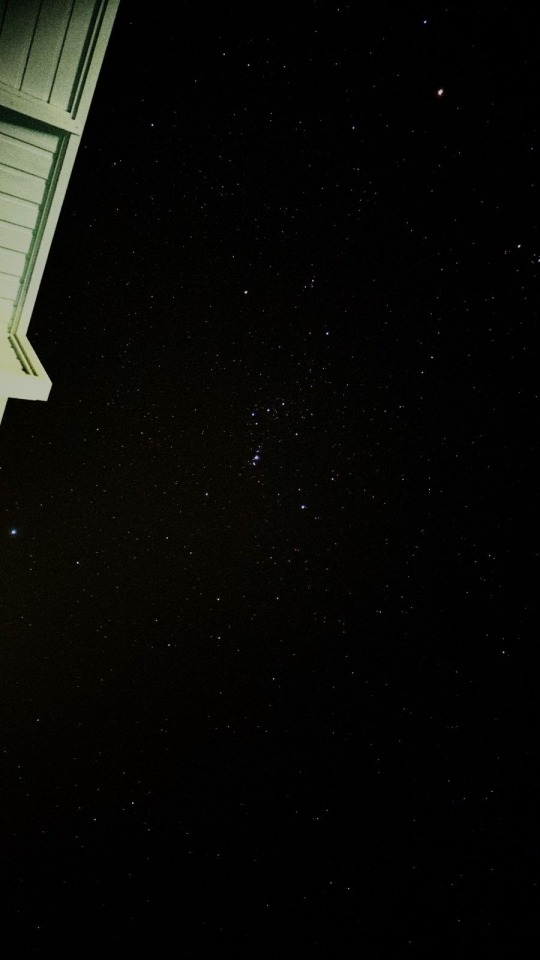
Stargazing in paradise ..
<full brightness>
8 notes
·
View notes
Photo

Underwater Restaurant, The Maldives
2 notes
·
View notes
Photo
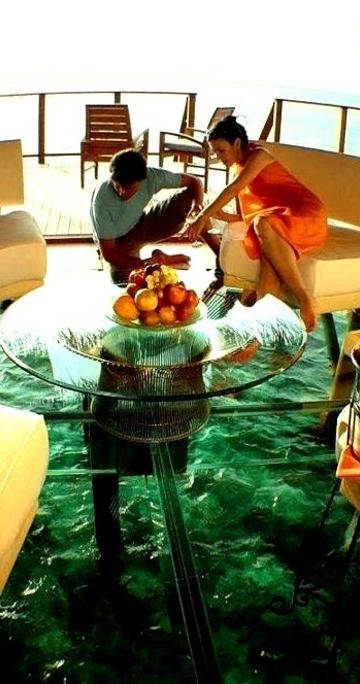
Glass Floor Ocean Cottage, The Maldives
2 notes
·
View notes
Text

“The world is not in your books and maps; it’s out there.”
— Gandalf
#wanderlust#travel#affordable travel#travel blog#traveling#culture#vacation#tourism#adventure#the maldives#maldives
4 notes
·
View notes
Text


1 note
·
View note
